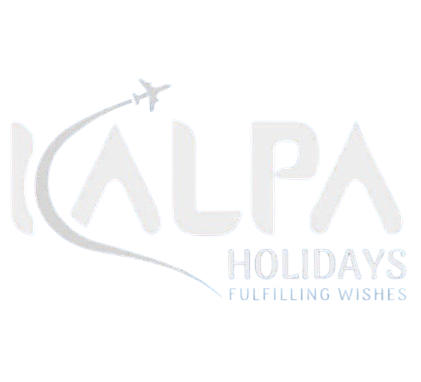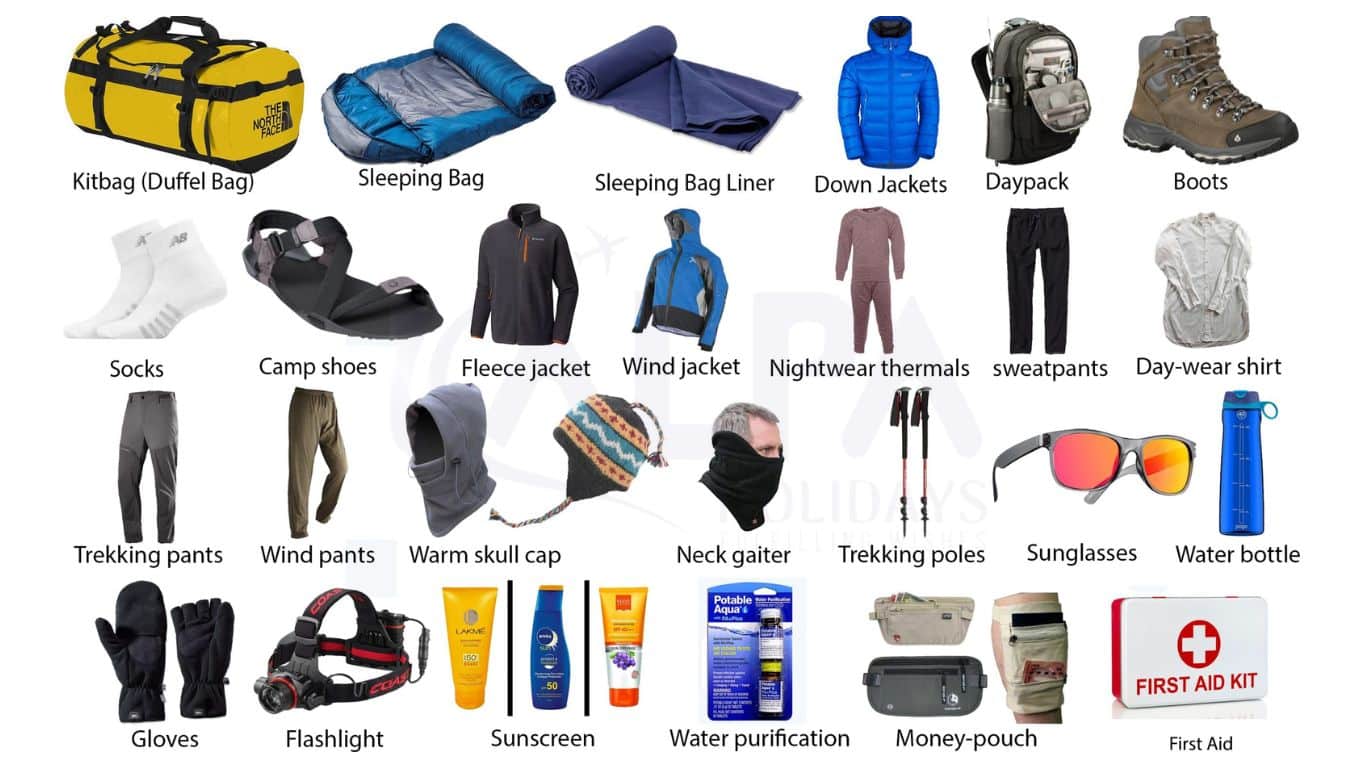Upper Mustang Lo-Manthang Trek Overview:
The Upper Mustang Lo-Manthang Trek is a journey into one of Nepal’s most isolated and picturesque regions. Nestled within the Himalayan range, this trek offers adventurers a unique blend of natural beauty and ancient Tibetan culture. Upper Mustang, also known as the “Forbidden Kingdom,” has been a restricted area trek, preserving its pristine landscapes and rich heritage.
Starting your adventure from Jomsom, the gateway to the Mustang Region, you’ll travel through the scenic beauty of the Annapurna Conservation Area. As you trek along the Kali Gandaki River, you’ll encounter remote villages like Kagbeni and Muktinath, where traditional Buddhist culture thrives. The trek to Lo-Manthang, the capital of Upper Mustang, is a highlight, revealing the charm of this ancient walled city.
The Upper Mustang region is renowned for its unique desert landscape, distinct from the lush green valleys typical of Nepal. The high-altitude trek offers breathtaking views of the Himalayas, with snow-capped peaks forming a stunning backdrop to the arid terrain. Along the way, you’ll explore historic monasteries such as Lo Gekar and Chhoser, and discover the mysterious Mustang caves, which hold centuries-old secrets.
One of the most captivating aspects of this trek is the opportunity to immerse yourself in the local culture. The people of Mustang have preserved their ancient Tibetan customs and lifestyle, providing a rich cultural heritage for visitors to experience. Staying in local homestays adds to the authenticity of your journey, allowing for meaningful interactions with the community.
For those planning their trek, obtaining a Mustang trekking permit is essential due to the area’s restricted status. The best time to visit is during the Tiji Festival. A vibrant celebration held in Lo-Manthang that attracts travellers from around the world. An Upper Mustang trek itinerary typically spans 10-14 days, ensuring ample time to explore the region’s hidden gems.
Embark on the Upper Mustang Lo-Manthang Trek and uncover a world where time seems to stand still. Where ancient traditions live and where the raw beauty of the Trans-Himalayan region captivates every traveller.
Upper Mustang Lo Manthang Trek Highlights
- Immerse in Lo Manthang’s ancient Tibetan Buddhist culture with centuries-old monasteries.
- Witness Annapurna I and Dhaulagiri’s breathtaking snow-capped peaks.
- Hike to the remote Grokhang Monastery on a cliffside, admiring ancient murals.
- Explore the former residence of the King of Lo.
- Experience vibrant local festivals with traditional dances, joyous rituals, and a deep connection to spiritual traditions.
- Discover hidden gems like the Chung Monastery carved into a cliff face or the Ngor Ghang Monastery in a secluded valley.
Best time for Upper Mustang Lo-manthang Trek
The best time for the Upper Mustang Lo-manthang Trek is during the spring and autumn seasons in Nepal. These periods offer the most favorable weather conditions, clear skies, and optimal temperatures for trekking.
Spring Season (March to May)
Spring is one of the most popular times to trek in the Annapurna Region, which includes the Upper Mustang Lo-manthang Trek. During this season:
- Weather Conditions: The weather is generally mild and pleasant, with daytime temperatures ranging from 10°C to 20°C at lower elevations, while higher elevations are cooler.
- Clear Views: The skies are typically clear, providing stunning views of the surrounding mountains. The clear view includes the Annapurna Range, Nilgiri, Tukuche Peak, Tilicho Peak, Saribung Peak, and Thorang Peak.
- Flora: The rhododendron and pine forests are in full bloom, creating a vibrant landscape with colourful flowers and lush greenery.
- Crowds: Though this is a popular trekking season. The Upper Mustang Lo-manthang Trek trail remains less crowded than other treks in the Annapurna Region.
Autumn Season (September to November)
Autumn is another ideal time for the Upper Mustang Lo-manthang Trek, This season:
- Weather Conditions: The weather is stable with clear skies, low humidity, and pleasant temperatures, similar to spring. Daytime temperatures range from 12°C to 20°C at lower elevations, while it is cooler at higher altitudes.
- Clear Views: Autumn is known for its crisp air, providing excellent visibility of the surrounding peaks and landscapes.
- Festivals: This season aligns with major Nepali festivals like Dashain and Tihar. The festivals offer cultural insights and opportunities to experience local traditions.
- Crowds: Though autumn is the peak trekking season in Nepal. The Annapurna Community Trek trail is less crowded than other treks.
Off-Season Considerations
Spring and autumn are the best times for the Upper Mustang Trek. Some trekkers prefer off-season trekking for a unique experience. However, these periods come with challenges:
- Winter Season (December to February): Trekking in winter offers solitude and stunning snowy landscapes, but temperatures can drop significantly, especially at higher elevations. Trails might be icy, and some teahouses could be closed.
- Monsoon Season (June to August): The monsoon brings heavy rain, making trails slippery and increasing the risk of landslides and leeches. The clouds and rain can also obstruct mountain views.
Overall, spring and autumn offer the best combination of weather, views, and cultural experiences. The spring and autumn seasons make them the ideal times for the Upper Mustang Lo-manthang Trek. If you’re planning a trip during the off-season, be prepared for additional challenges and always check weather forecasts and trail conditions in advance.
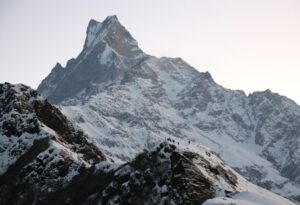 Trekking
Trekking
 Trekking
Trekking
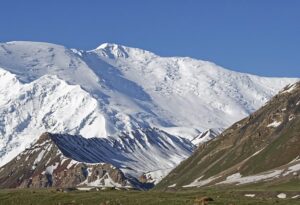 Trekking
Trekking
 Trekking
Trekking
 Trekking
Trekking
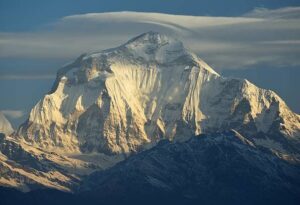 Trekking
Trekking
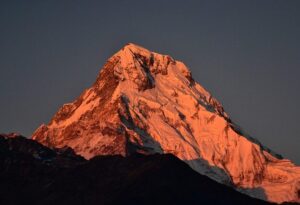 Trekking
Trekking
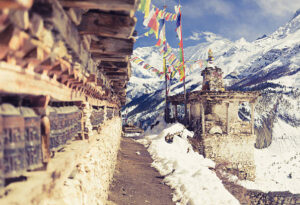 Trekking
Trekking
 Trekking
Trekking
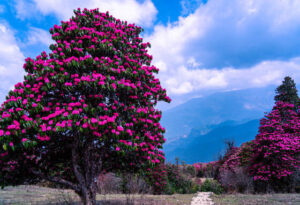 Trekking
Trekking
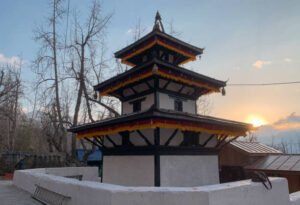 Trekking
Trekking
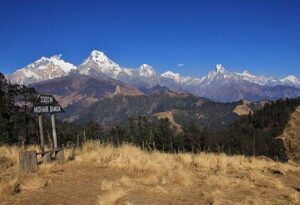 Trekking
Trekking
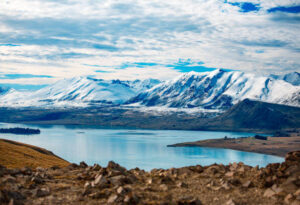 Trekking
Trekking
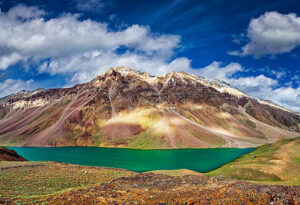 Trekking
Trekking
 Trekking
Trekking
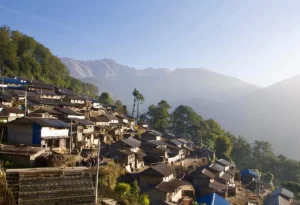 Trekking
Trekking
 Trekking
Trekking
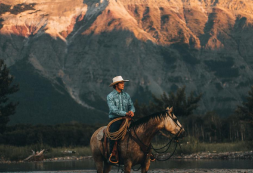 Trekking
Trekking
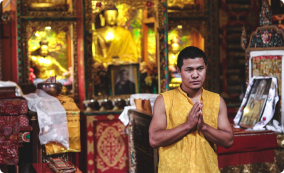 Trekking
Trekking
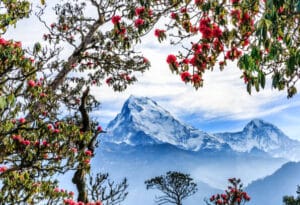 Trekking
Trekking
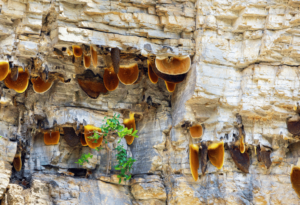 Trekking
Trekking
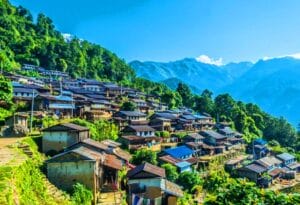 Trekking
Trekking
 Trekking
Trekking
 Trekking
Trekking
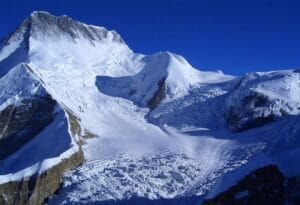 Trekking
Trekking
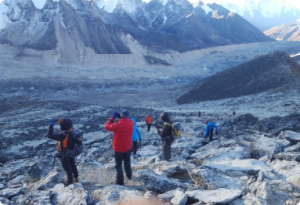 Trekking
Trekking
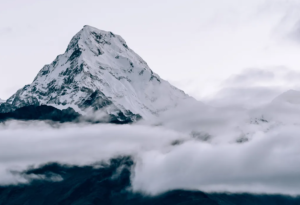 Trekking
Trekking
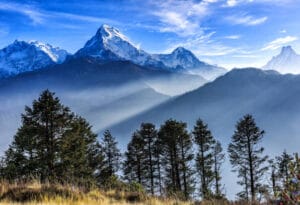 Trekking
Trekking
 Trekking
Trekking
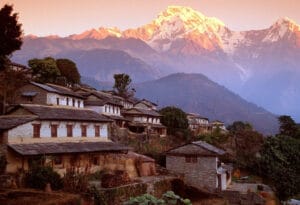 Trekking
Trekking
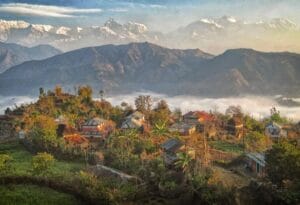 Trekking
Trekking
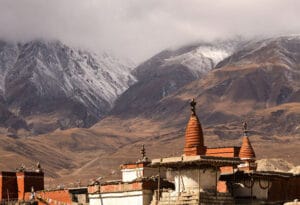 Trekking
Trekking
 Trekking
Trekking
